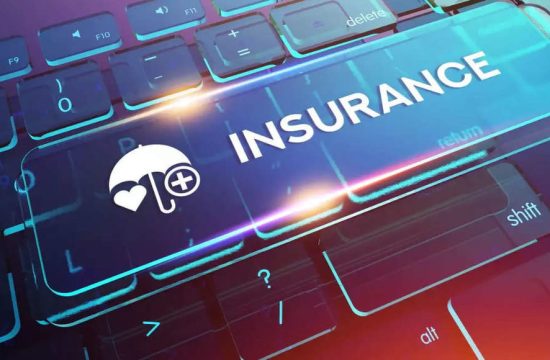MoMo Productions
The secret to building sustainable income in retirement is right in front of you — and the IRS has had it all along.
Retirees generally know all about required minimum distributions. This is the annual withdrawal that you must take from your individual retirement account and 401(k) plans after you turn 70½ — or, starting this year, 72.
This calculation is based on your account value as of the end of the prior year, as well as your remaining life expectancy.
“The RMD can go on until you’re 100 or 110, if you live that long,” said Steven Vernon, actuary and research scholar at the Stanford Center on Longevity.
“It’s a fairly low withdrawal rate in your 70s, and if you couple it with stock investments, you’ll have time for growth.”
Vernon coauthored a paper in 2017 that analyzed 292 different retirement income strategies.
Of these, using the RMD tables to draw down from your IRA or 401(k) — which should be invested in either a balanced fund or a target-date fund — while also holding off Social Security until age 70, was a straightforward way to create income without buying an annuity.
Vernon will amplify the strategy in a new book he’s releasing in July, titled “Don’t Go Broke in Retirement: A Simple Plan to Build Lifetime Retirement Income.”
Two key factors
Thomas Barwick
The RMD formula works as an income strategy because the amount shifts each year to account for your remaining life expectancy.
At age 70, the RMD formula assumes you have another 27.4 years of distributions ahead, and your withdrawal will be based on that. The withdrawal rate then is around 3.65%.
With each subsequent year, your number of future distributions goes down, and the percentage you withdraw will adjust accordingly.
Further, the calculation considers your account’s performance. Each withdrawal is based on the prior year’s account value.
More from Personal Finance:
A loan against your CD is one option for quick cash
You really should resist cashing out your 401(k)
What fluctuating oil prices mean for your wallet
“The RMD approach will continually adjust each year based on projected life expectancy,” said Jamie Hopkins, director of retirement research at Carson Group.
“And then there’s volatility — things like this year,” Hopkins added. “By lowering or increasing withdrawals, it allows you to keep on the path of not running out of money too early.”
Stock exposure is necessary
As skittish as investors may be amid current market volatility, some exposure to stocks is an important part of the RMD strategy.
“The market has gone up and down, and staying the course is the best that you can do,” Vernon said. “Most people don’t time the market very well.”
Vernon recommends maintaining exposure to stocks either via a target date fund — which could have about 50% of its assets invested in stocks — or a balance fund with stock exposure ranging from 40% to 60%.
For middle-income retirees, whom Vernon defines as having under $ 1 million in retirement savings, the RMD strategy should generate one-third to one-quarter of their total retirement income, he said.
Social Security’s role
fabio camandona
Your 401(k) accounts and IRAs may generate a third of your retirement income, but it’s Social Security that will cover the lion’s share of your expenses.
“It’s protected against inflation risk,” said Vernon. “You get a high degree of protection from Social Security.”
In this strategy, you’re expected to maximize your Social Security income by waiting until age 70 to claim benefits. For every year after full retirement age — which could be 66 or 67, depending on the year you were born — you’ll earn an 8% delayed retirement credit.
Naturally, not everyone will be able to stay at the workplace until age 70.
In that case, rather than tapping Social Security too early, your portfolio can help you close the gap until you reach your 70th birthday, said Vernon.
Know your risks
Lucy Lambriex | DigitalVision | Getty Images
While this strategy gives retirees some peace of mind on income, they must still pay close attention to their expenses — particularly the cost of long-term care.
Those early retirement years might be busy ones as new retirees travel. But at some point, those expenses slow down — while health-care costs rise.
It’s a pattern known as a “spending smile,” and it starts to tick up when retirees hit their 80s and risk requiring long-term care, said Wade Pfau, professor of retirement income at the American College.
The cost is enough to rattle even the best prepared income strategies. In 2019, the median annual cost of a private room in a nursing home was $ 102,200, according to Genworth.
Retirees don’t have many ways to address this cost. Fewer insurers are offering traditional long-term care insurance coverage, and those who have it face the prospect of rising premiums.
Other solutions combine life insurance and a rider to cover the cost of care.
“The threat of long-term care needs a separate strategy aside from generating income,” Vernon said. “There are no perfect solutions here, but something is better than nothing.”





